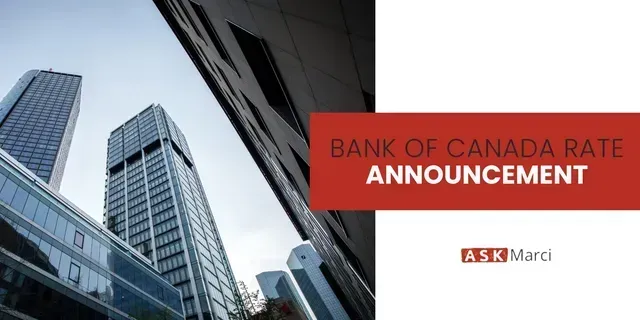Reverse Mortgage FAQs
Wouldn’t it be nice if you had the money to do more of the things you want to do? A CHIP Reverse Mortgage could be just what you need. It’s the simple and sensible way to unlock the value in your home and turn it into cash to help you enjoy life on your terms.
BENEFITS OF A CHIP REVERSE MORTGAGE
You receive the money tax-free . It is not added to your taxable income so it doesn’t affect Old Age Security (OAS) or Guaranteed Income Supplement (GIS) government benefits you may receive.
You can use the money any way you wish . Maybe you want to enjoy your retirement or cover unexpected expenses. Perhaps you want to update your home or help your family without depleting your current savings. The only condition is that any outstanding loans (e.g. existing mortgage or home equity line of credit) secured by your home must be paid out with the proceeds from your CHIP Reverse Mortgage.
No regular mortgage payments are required while you or your spouse live in your home. The full amount only becomes due when you and your spouse no longer live in the home
You maintain ownership and control of your home. You will never be asked to move or sell to repay your CHIP Reverse Mortgage. All that’s required is that you maintain your property and stay up-to-date with property taxes, fire insurance and condominium or maintenance fees while you live there.
You keep all the equity remaining in your home. In many years of experience, 99 out of 100 homeowners have money left over when their CHIP Reverse Mortgage is repaid. And on average, the amount left over is 50% of the value of the home when it is sold.
FREQUENTLY ASKED QUESTIONS
Got questions? Here are frequently asked questions.
How does a CHIP Reverse Mortgage work?
A CHIP Reverse Mortgage is secured by the equity in your home . Unlike a traditional mortgage in which you make regular payments to someone else, a reverse mortgage pays you.
The big advantage with the CHIP Reverse Mortgage is that you do not have to make any regular mortgage payments for as long as you or your spouse lives in your home . That’s what has made reverse mortgages such a popular solution in Canada, the U.K., the U.S., Australia and other countries.
Who is it for?
The CHIP Reverse Mortgage is designed exclusively for homeowners age 55 and older . This age qualification applies to both you and your spouse.
How much can I get and how is it calculated?
You can receive up to 55% of the value of your home . The specific amount is based on your age and that of your spouse, the location and type of home you have, and your home’s current appraised value. You can contact me and I can quickly give you an estimate of how much you may be approved for.
How do I receive the money?
You can choose how you want to receive the money . The CHIP Reverse Mortgage gives you the option of receiving all the money you’re eligible for in one lump sum advance, or you can take some now and more later, or you can receive planned advances over a set period of time. Planned advances are available on the Income Advantage product.
Will the homeowner owe more than the house is worth?
The homeowner keeps all the equity remaining in the home. In our many years of experience, over 99% of homeowners have money left over when their loan is repaid. The equity remaining depends on the amount borrowed, the value of the home, and the amount of time that’s passed since the reverse mortgage was taken out.
Will the bank own the home?
No. The homeowner retains title and maintains ownership of the home. It’s required for the homeowner to live in the home, pay taxes on time, have property insurance, and maintain the property in good condition.
What if the homeowner has an existing mortgage?
Many of our clients use a reverse mortgage to pay off their existing mortgage and debts.
Should reverse mortgages only be considered as a loan of last resort?
No. Many financial professionals recommend a reverse mortgage to supplement monthly income instead of selling and downsizing, or taking out a conventional mortgage or a line of credit.
What fees are associated with a reverse mortgage?
There are one time fees to arrange a reverse mortgage such as an appraisal fee, fee for independent legal advice as well as our fee for administration, title insurance, and registration. With the exception of the appraisal fee, these fees are paid for with the funding dollars.
What if the homeowner can’t afford payments?
There are no monthly payments required as long as the homeowner is living in the home.
Contact me today if you have any questions or if you’d like to see how much you can get!
Share












